When you’re out on the golf course, there’s a lot to think about – the swing, the lie of the ball, and oh yes, the size of the hole you’re aiming for. While you may consider the hole just another target, understanding its size and regulations can significantly influence your gameplay and strategy. In this article, we’ll dive deep into the dimensions of a golf hole, the rules governing it, and some fun facts that every golfer should know.
What is the Standard Size of a Golf Hole?
The dimensions of a golf hole are universally regulated by the R&A and USGA, which dictate that:
- The diameter of the hole must be 4.25 inches (or 108 mm).
- The depth of the hole must be at least 4 inches (or 100 mm).
This diameter has been standardized since 1891. The small but significant size means it takes real skill to sink the ball consistently!
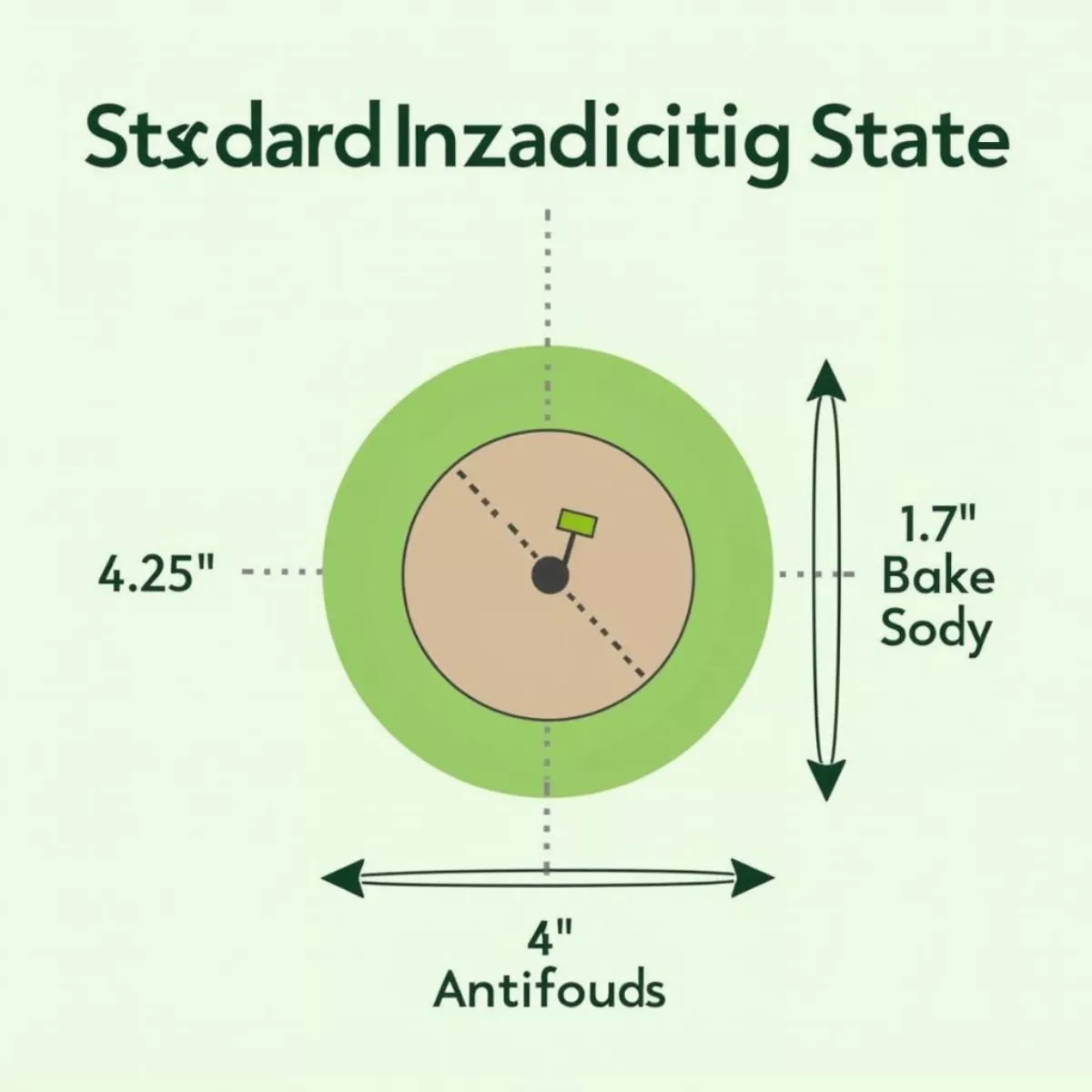 Standard Golf Hole Dimensions
Standard Golf Hole Dimensions
Is the Hole Size Different in Various Formats?
While the standard golf hole size remains the same across tournaments and casual play, some variations might occur based on golfing formats such as:
- Mini Golf: Often has larger holes (up to 6 inches or more) to enhance gameplay.
- Pitch and Putt Courses: May have smaller holes (3 inches) to challenge players.
Why Is the Size of the Golf Hole Important?
The size of the golf hole plays a critical role in the design of the game itself:
- Skill Challenge: A hole that’s only 4.25 inches wide challenges golfers to refine their precision.
- Pacing and Flow: If golf holes were significantly larger, the pace of the game might unbalance, creating a less enjoyable experience.
- Sportsmanship: Standardization across golf courses nurtures fair play. Everyone plays by the same rules.
A Closer Look at the History of the Golf Hole Size
The 4.25-inch hole has its roots in history. Golf has evolved over centuries, but this standard was established in the late 19th century to ensure uniformity in play. It’s interesting how even slight changes in dimensions could alter the game experience!
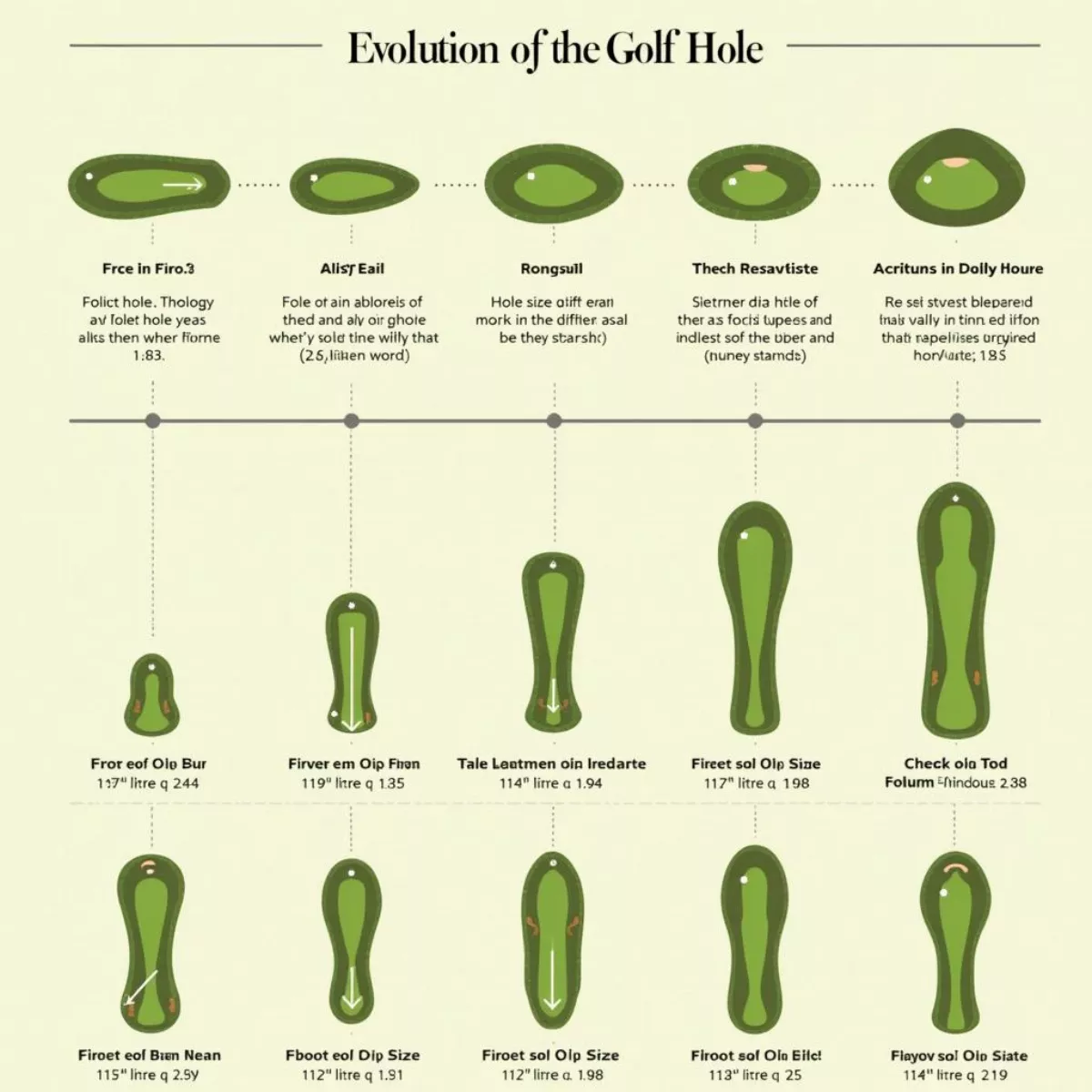 Historical Evolution of Golf Hole
Historical Evolution of Golf Hole
How to Measure a Golf Hole
You might wonder how to measure the hole properly. Here’s a quick guide:
- Find the Center: Determine the exact center of the hole for accurate measurements.
- Use a Hole Cutter: If you’re cutting a fresh hole, use a cutter designed for golf greens to achieve the correct diameter.
- Check Depth: Ensure that the hole is at least 4 inches deep for regulation play.
Following these steps guarantees you maintain consistency; something essential at any golf course.
The Importance of Proper Maintenance
Keeping the hole in optimal condition is crucial for improving gameplay:
- Regular Cleaning: Remove debris that can affect a ball’s path as it approaches the hole.
- Correct Depth: If a hole is cut too deep, it can lead to a less satisfying experience when putting.
- Edge Maintenance: Ensure the edges of the hole are mowed down; golfers should always have a smooth experience.
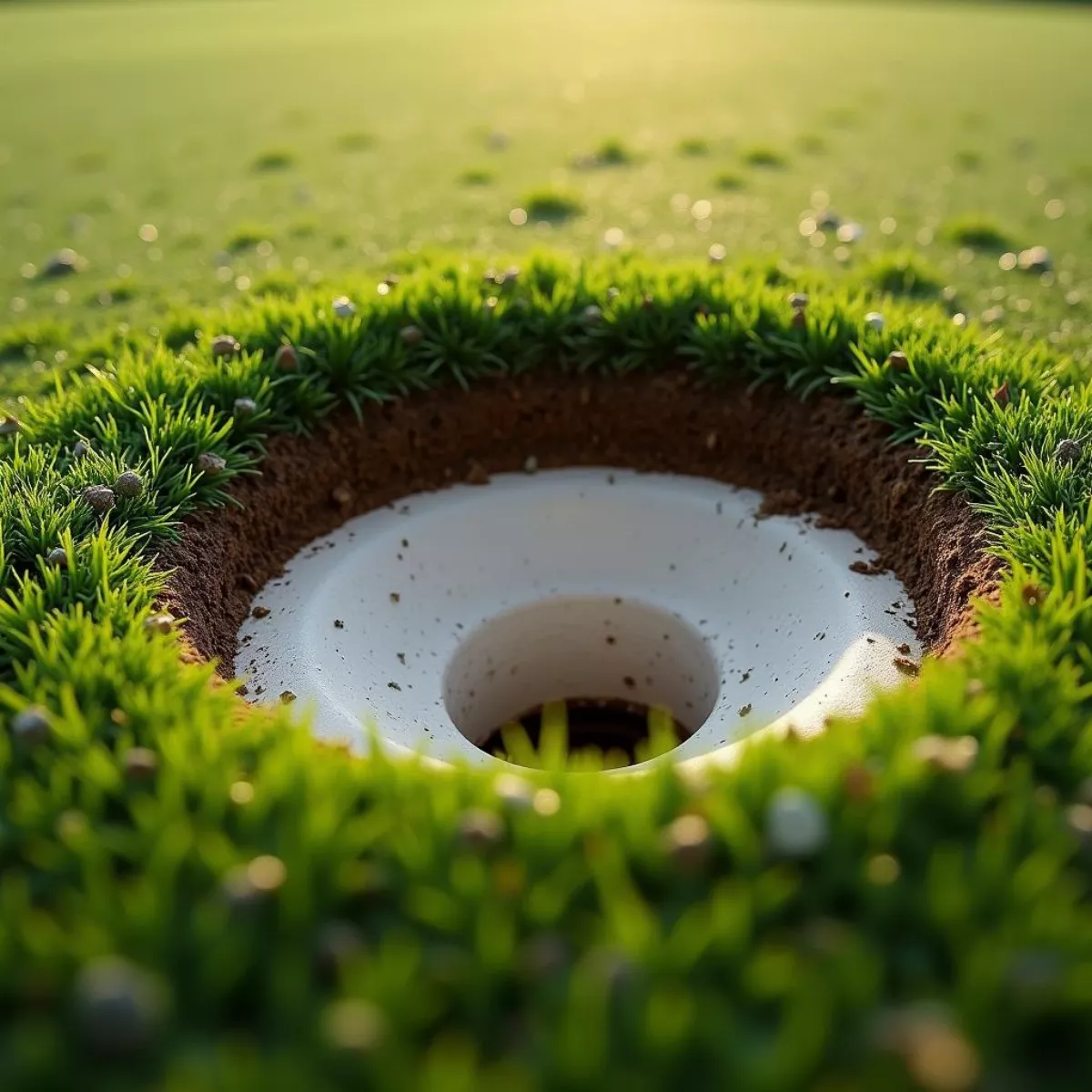 Properly Maintained Golf Hole
Properly Maintained Golf Hole
Fun Facts about Golf Holes
Golf holes might seem simple, but there are some captivating facts:
- The Origin of the Hole: The actual practice of cutting a hole in the green can be traced back to Scotland in the 15th century.
- Changing Holes: Golf courses often rotate hole locations on greens. This can add fresh challenges and uneven play for players on different days.
- The Cup: The insert used in the hole is called a cup. It’s designed to withstand the wear and tear of gameplay.
Using this Knowledge for Better Gameplay
Understanding the size and importance of the golf hole can enhance your skills:
- Practice Distance & Angle: Knowing the hole size helps you refine your putting stance and distance setting.
- Strategy: Plan where you aim based on the hole’s size.
- Confidence: Awareness of the statistics surrounding the golf hole may boost your gameplay psychological preparedness.
 Golfer Putting Towards Hole
Golfer Putting Towards Hole
Key Takeaways
- A standard golf hole is 4.25 inches in diameter and at least 4 inches deep.
- The size has been standardized since 1891, affecting the game’s dynamics.
- Proper maintenance and accurate measurements contribute to the best golfing experience.
- The hole’s size impacts skill, pace, and fairness in the game.
FAQs
Here are some frequently asked questions to clarify any lingering queries you might have about golf hole sizes:
1. Why is a golf hole 4.25 inches in diameter?
The 4.25-inch diameter was set to ensure a consistent challenge across all courses, making putting a skillful pursuit.
2. Are the dimensions the same across all golf courses?
Yes, most golf courses adhere to the regulations set by the R&A and USGA for standard-sized holes.
3. What happens if the hole is larger than 4.25 inches?
A hole larger than 4.25 inches would violate standard regulations, potentially disrupting fair play.
4. Do mini-golf holes have different sizes?
Yes, mini-golf holes can vary, often being larger to increase accessibility and enjoyment for players.
5. How often should golf holes be changed?
Golf holes should be rotated regularly, ideally daily, to provide players with varying challenges and preserve the green.
6. What’s the minimum depth for a golf hole?
The minimum depth for a golf hole is 4 inches to ensure that the ball does not easily bounce out.
7. What is the cup in golf?
The cup is the cylindrical insert within the hole that withstands daily wear and tear.
8. How does hole placement affect gameplay?
Alterations in the hole’s placement can modify gameplay by complicating angle shots and changing putting strategies.
9. Is there variation in hole sizes for different formats?
Yes, other formats like pitch and putt sometimes use smaller hole sizes for added challenges.
10. How can I measure a golf hole accurately?
Use a specialized hole cutter and measure from the center to verify proper dimensions.
In conclusion, understanding the size of a golf hole and its critical role can significantly enhance your experience on the course. So, next time you’re eyeing that hole, take a moment to appreciate its significance and the skill it takes to sink that ball! Whether you’re a beginner or a seasoned pro, knowing the size of the golf hole may just give you the edge you need to improve your game. Have fun out there!
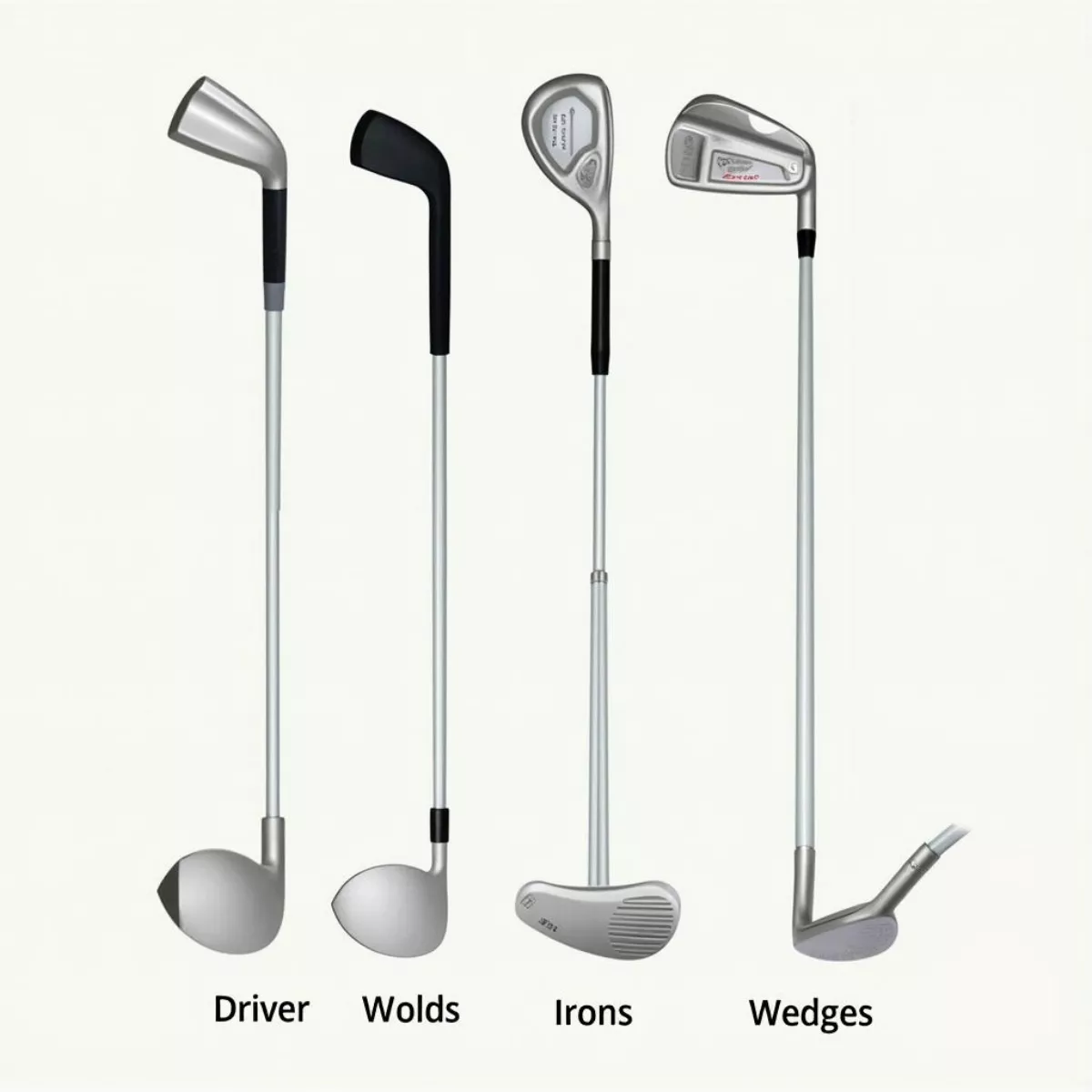
 Golfer Posture and Swing Styles
Golfer Posture and Swing Styles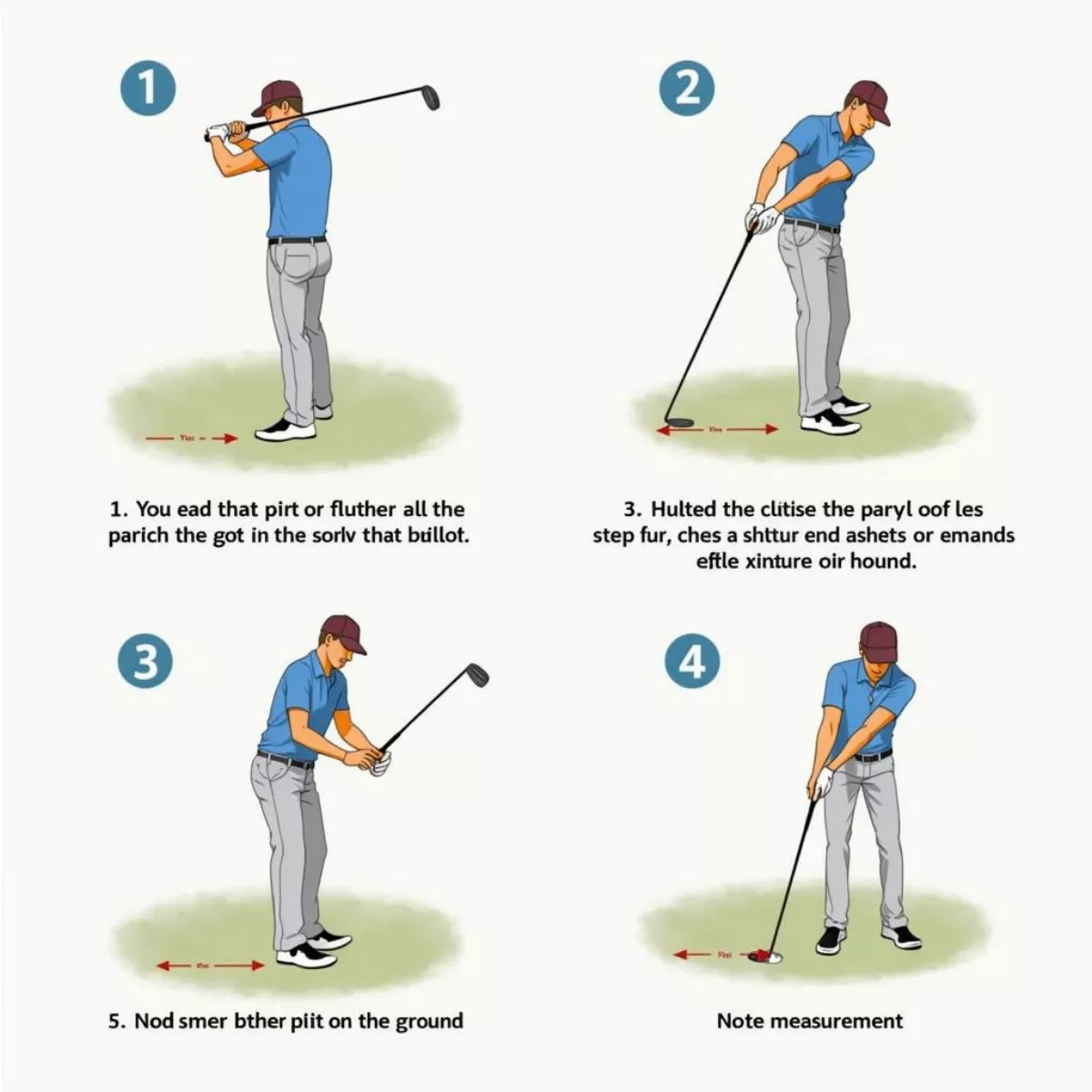 Measuring Golf Shaft Length
Measuring Golf Shaft Length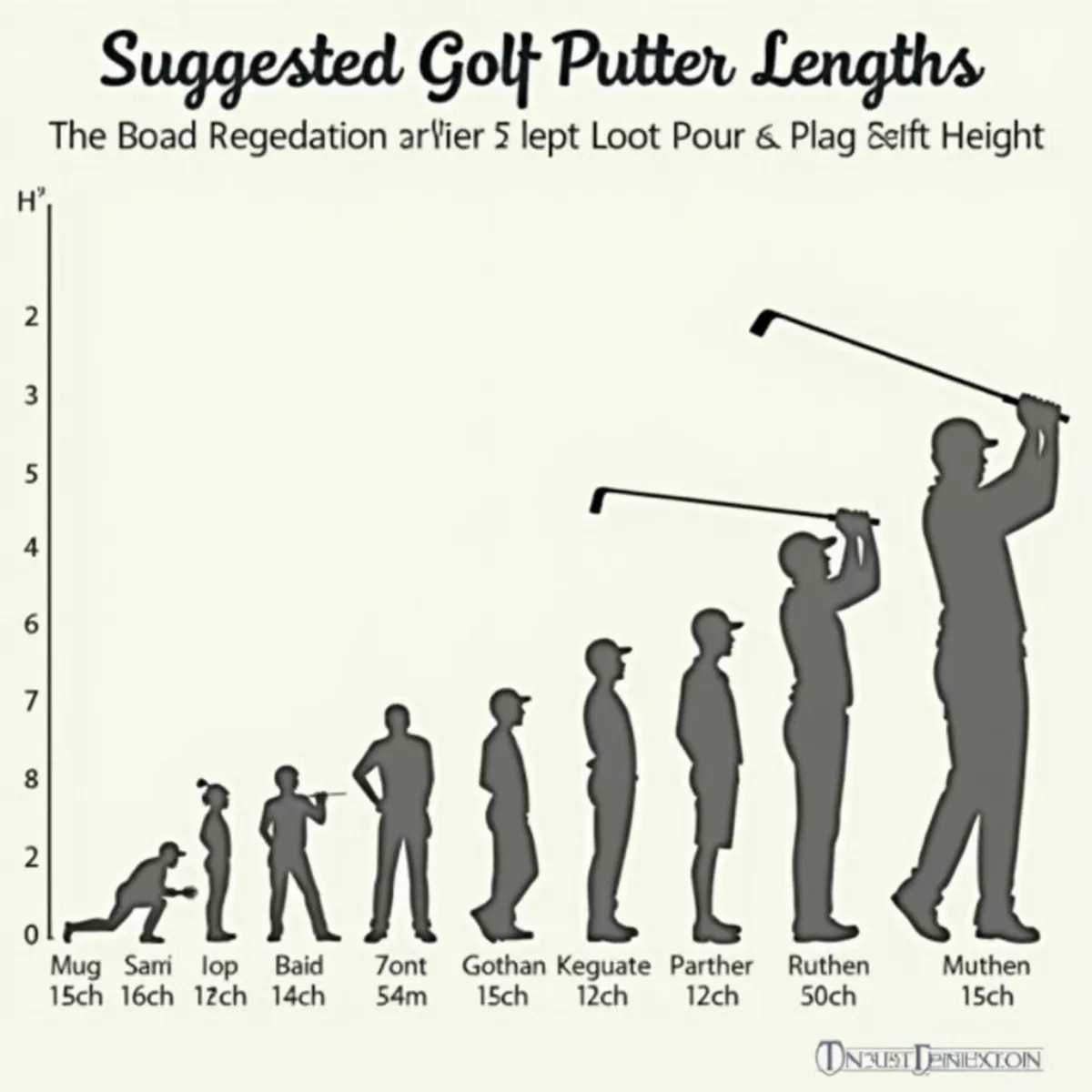
 Adjustable Golf Putter
Adjustable Golf Putter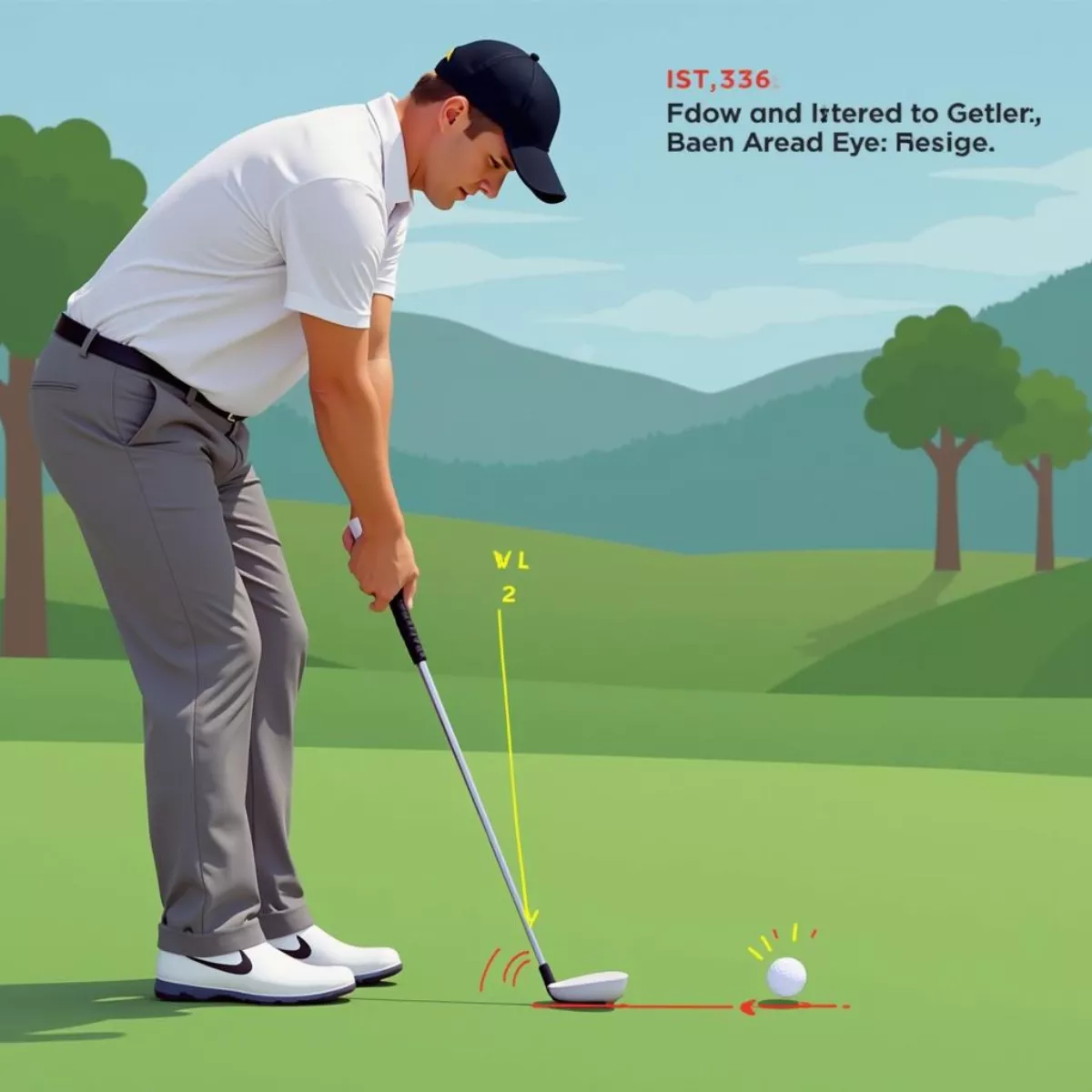 Golfer Putting Eye Position
Golfer Putting Eye Position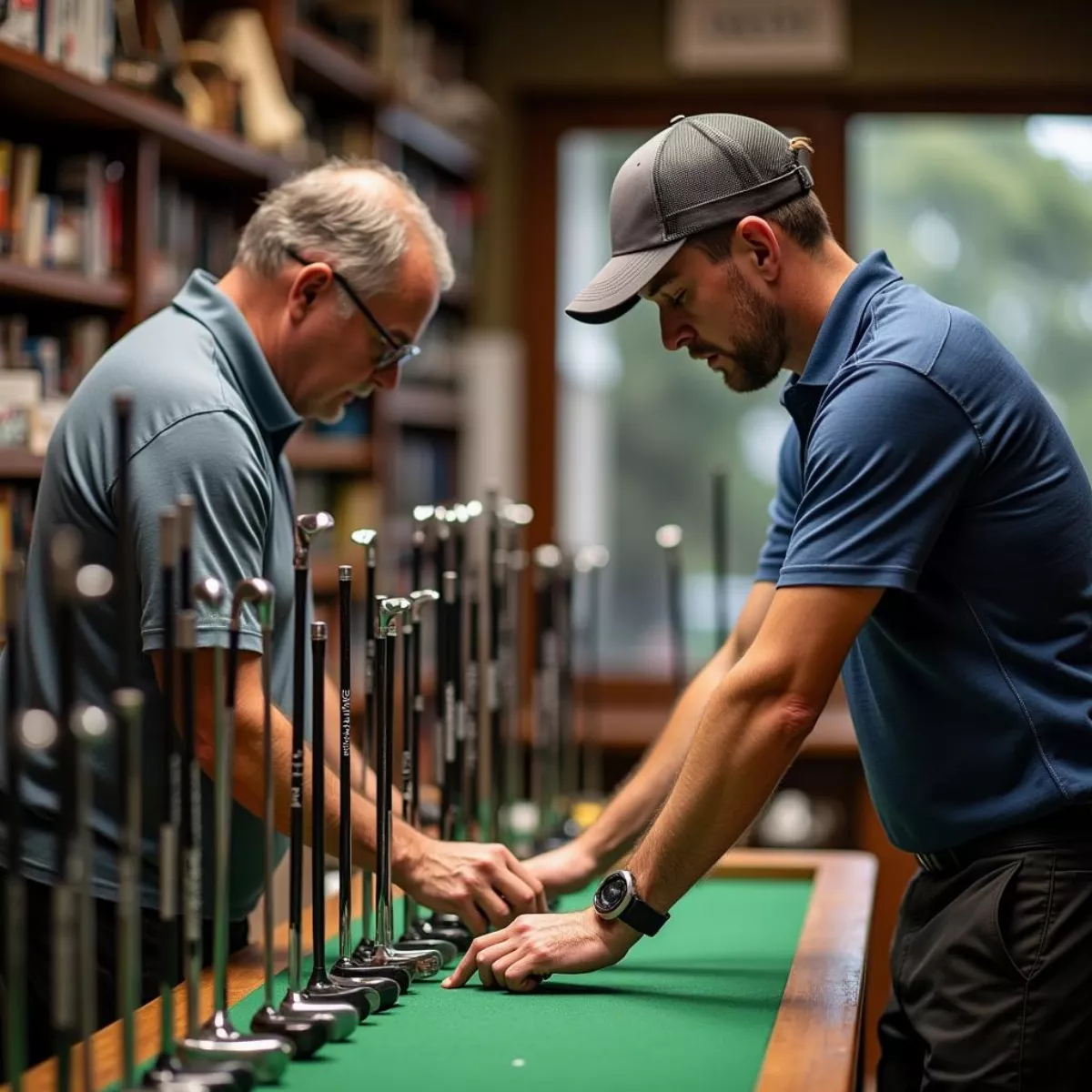 Golfer Choosing Putter Pro Shop
Golfer Choosing Putter Pro Shop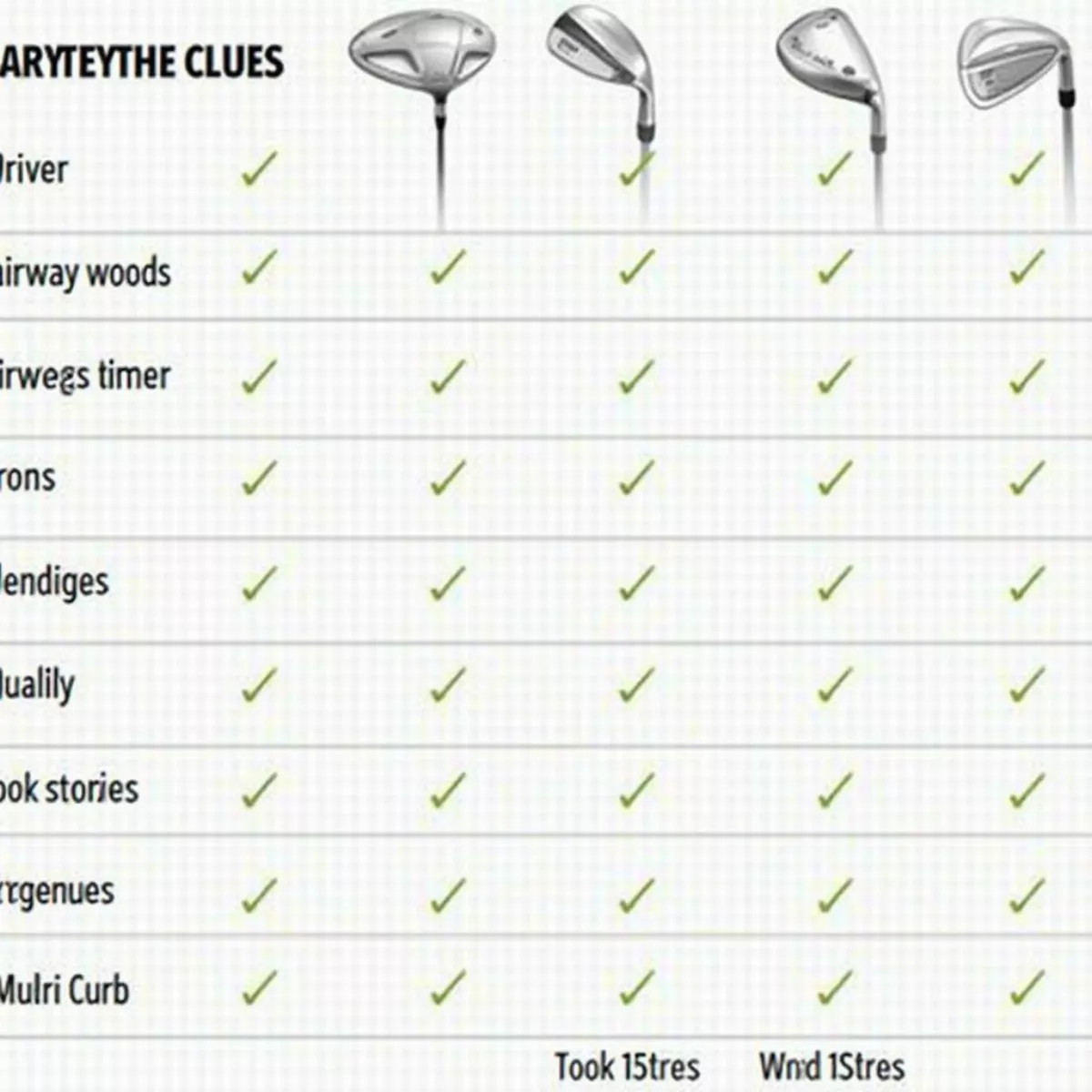
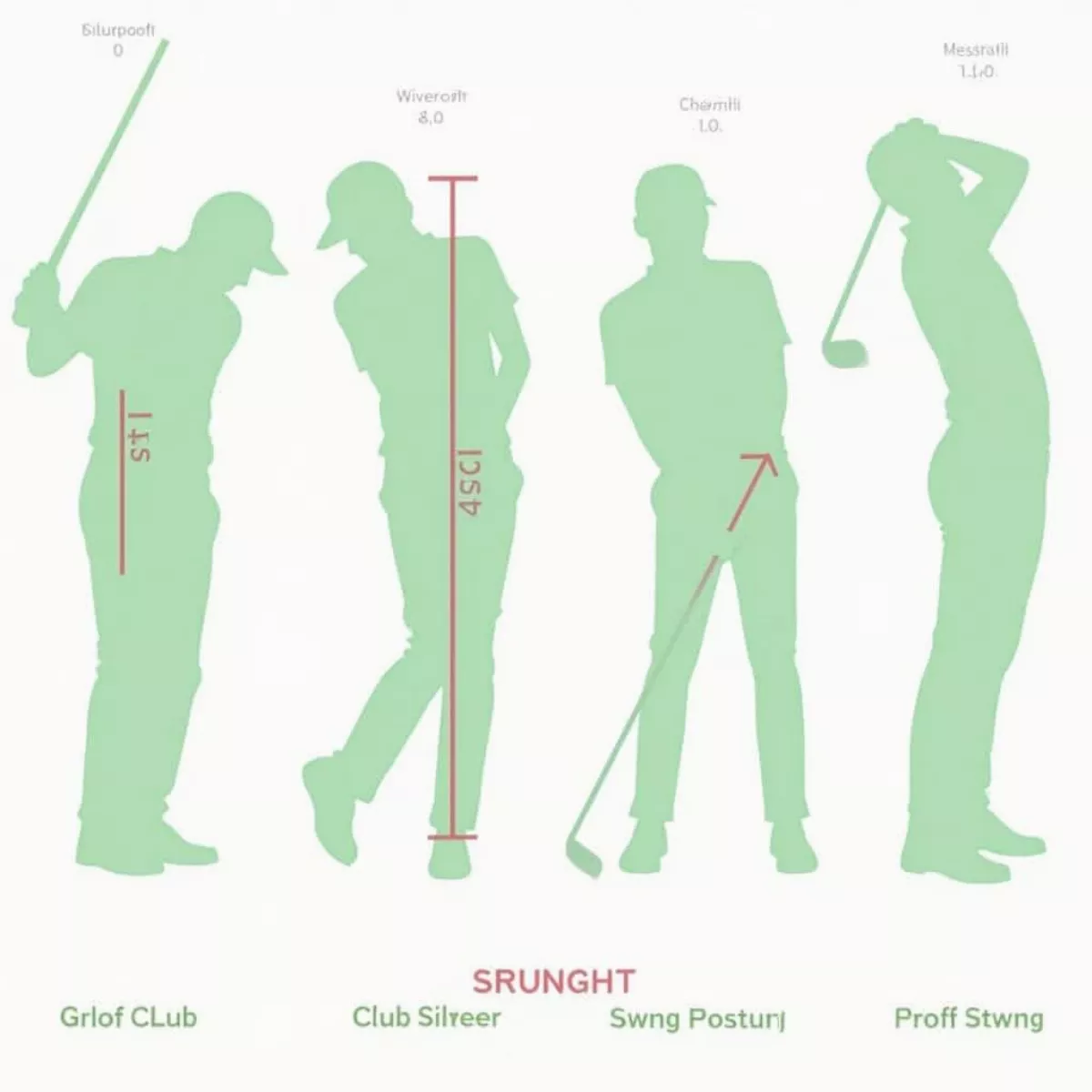 Golfer Posture and Swing Analysis
Golfer Posture and Swing Analysis Professional Golf Club Fitting Session
Professional Golf Club Fitting Session
 Augusta National Water Hazard
Augusta National Water Hazard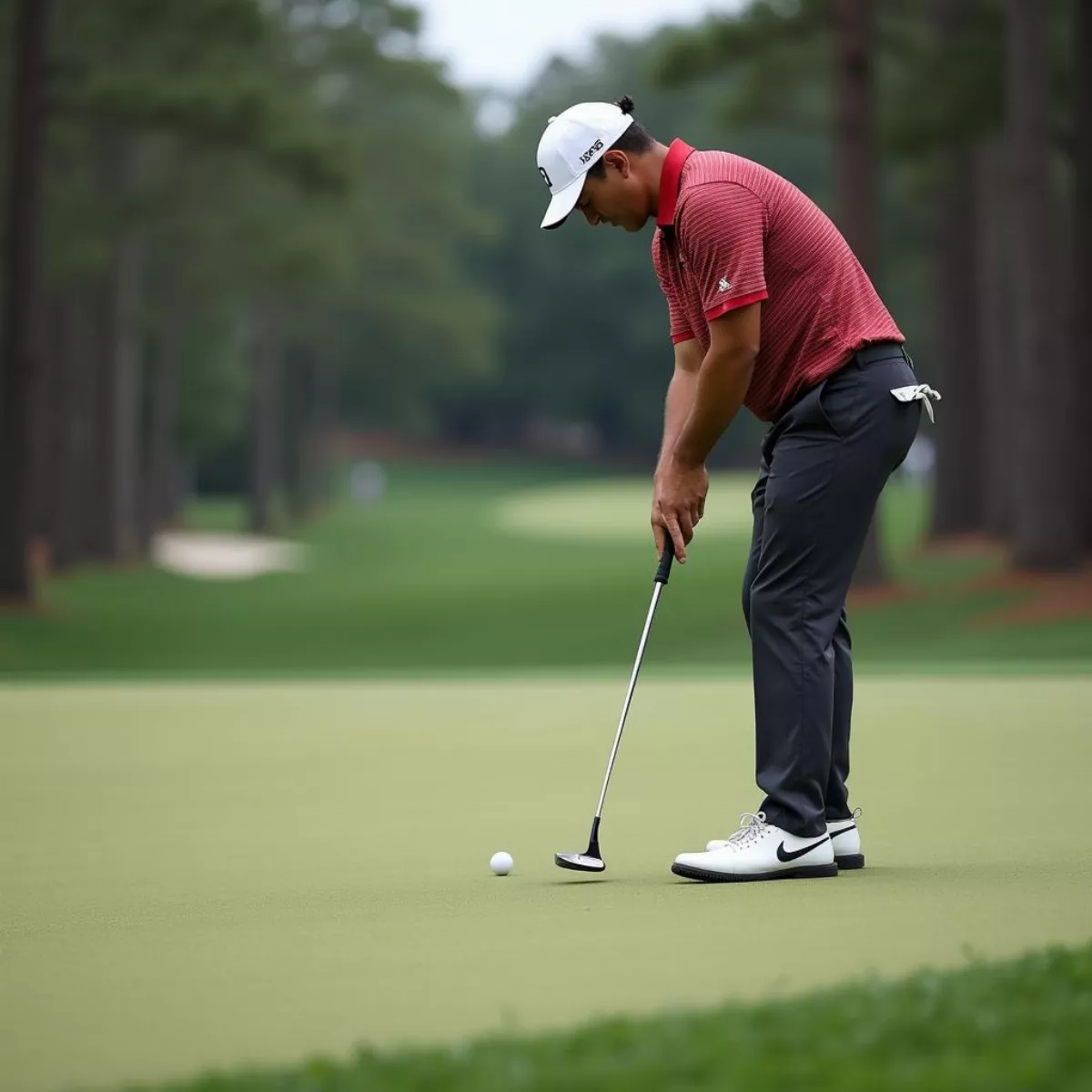 Pro Golfer Putting at Augusta
Pro Golfer Putting at Augusta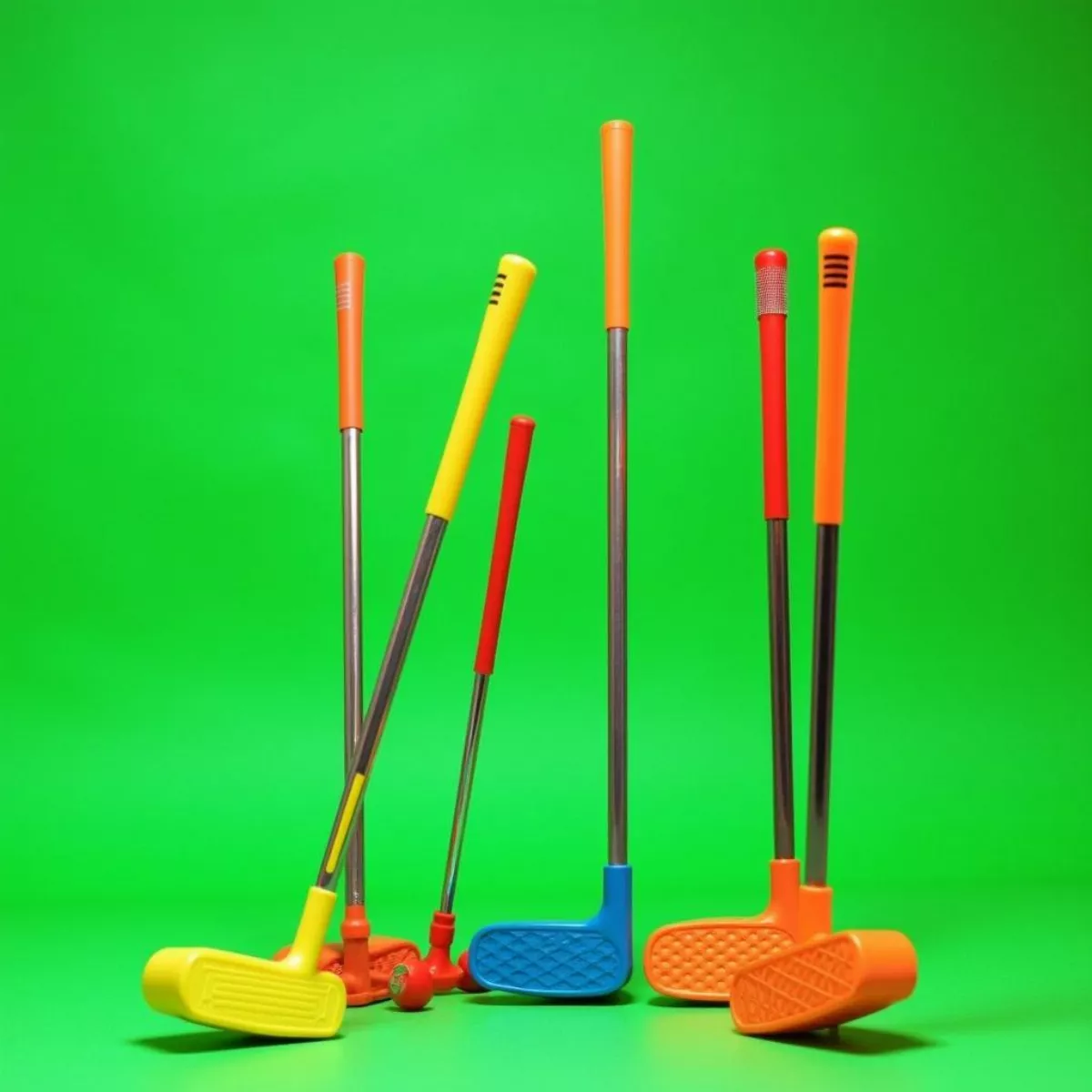
 Young Golfer Using Junior Club
Young Golfer Using Junior Club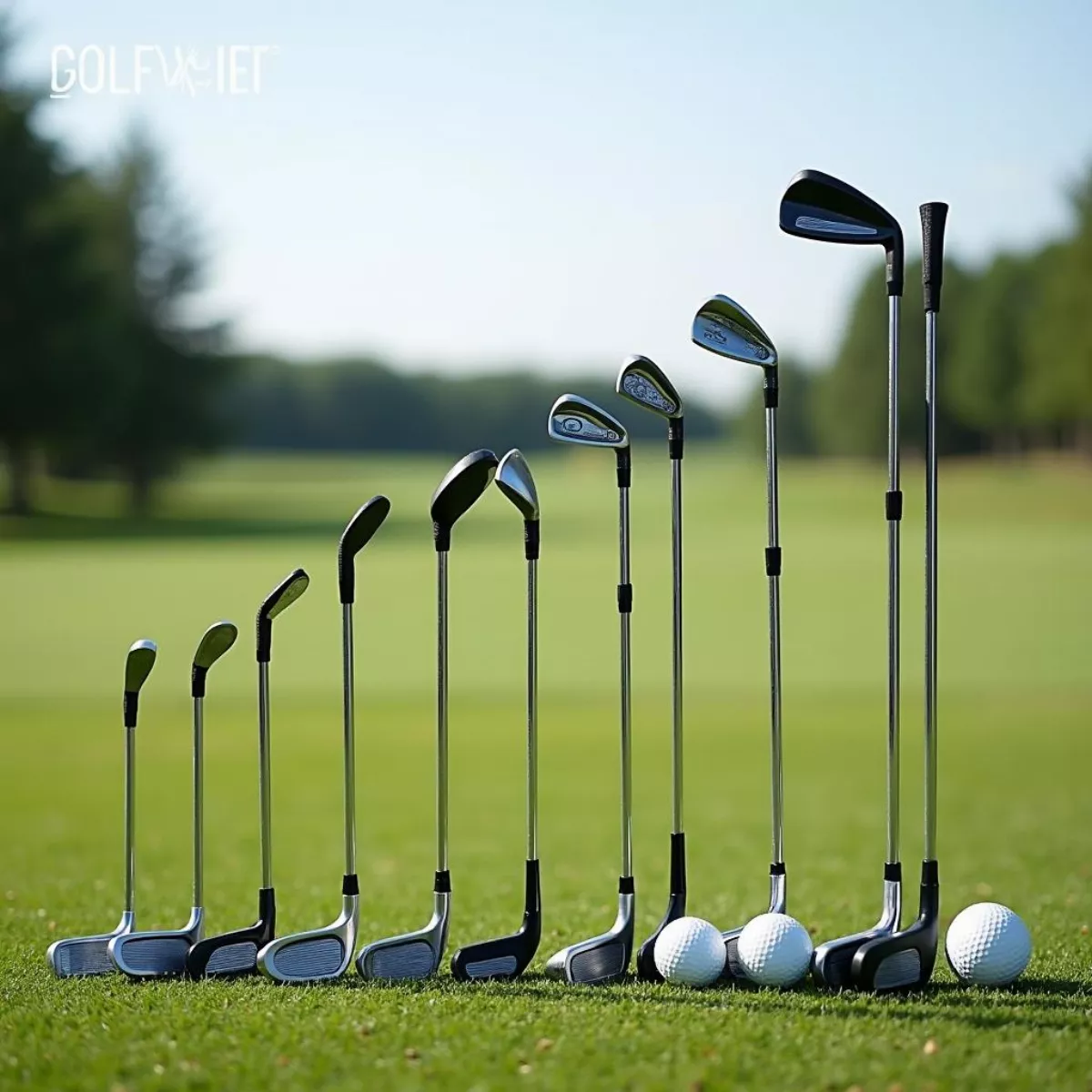 Different Sized Golf Clubs
Different Sized Golf Clubs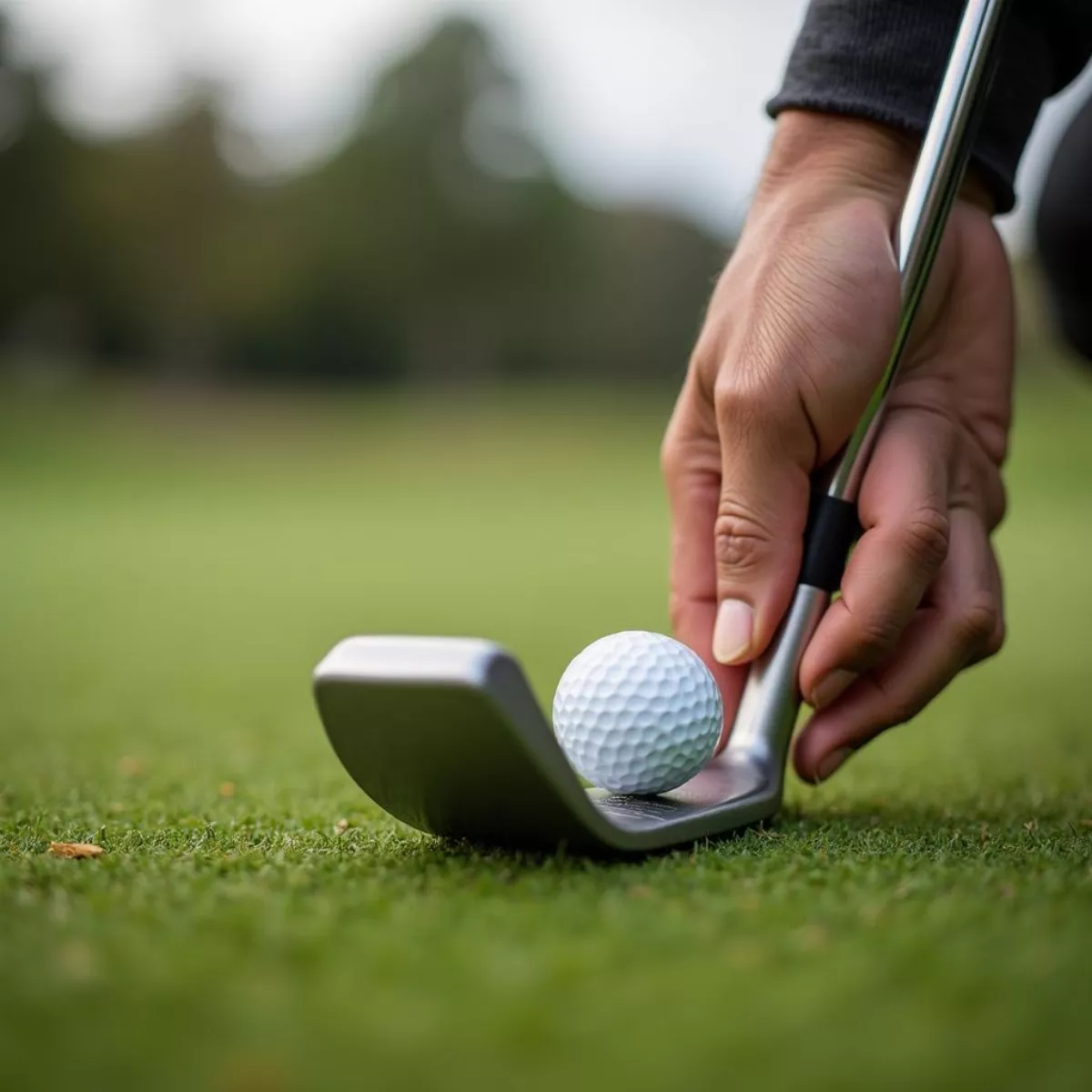 Golfer Practicing Putting with Short Putter
Golfer Practicing Putting with Short Putter
 EZGO TXT Golf Cart on Golf Course
EZGO TXT Golf Cart on Golf Course  Small Golf Carts Comparison
Small Golf Carts Comparison 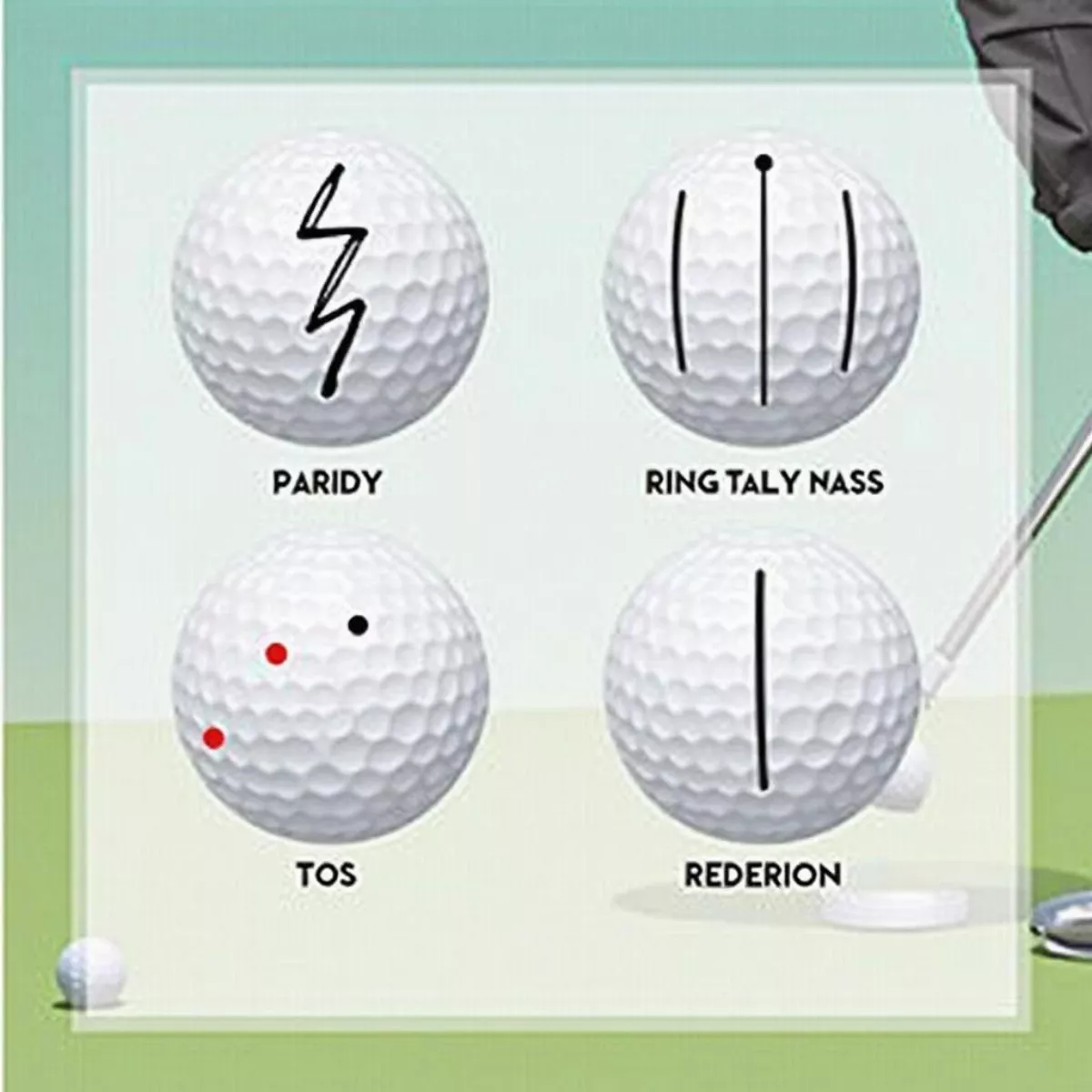
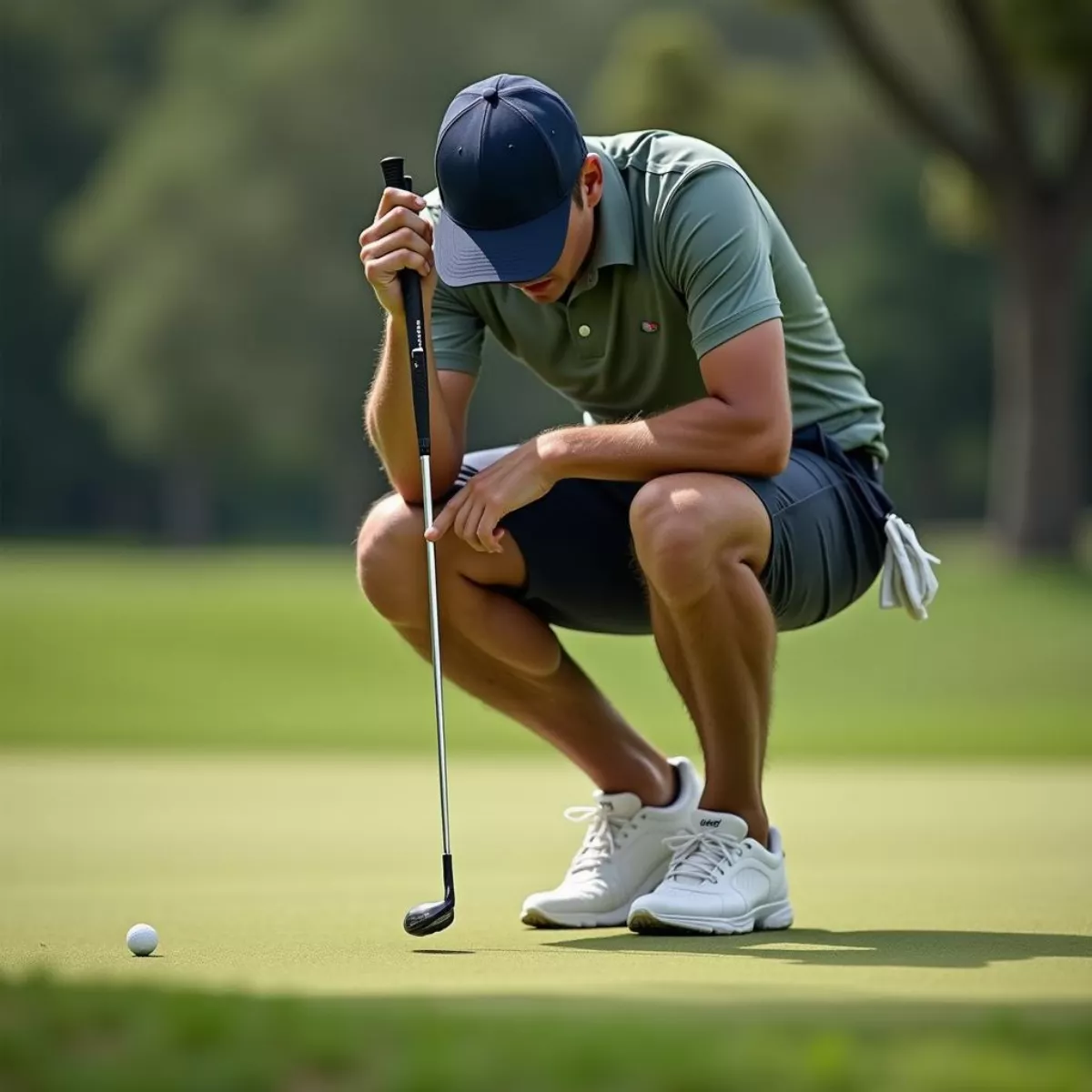 Golfer marking ball on green
Golfer marking ball on green Various golf balls and markers
Various golf balls and markers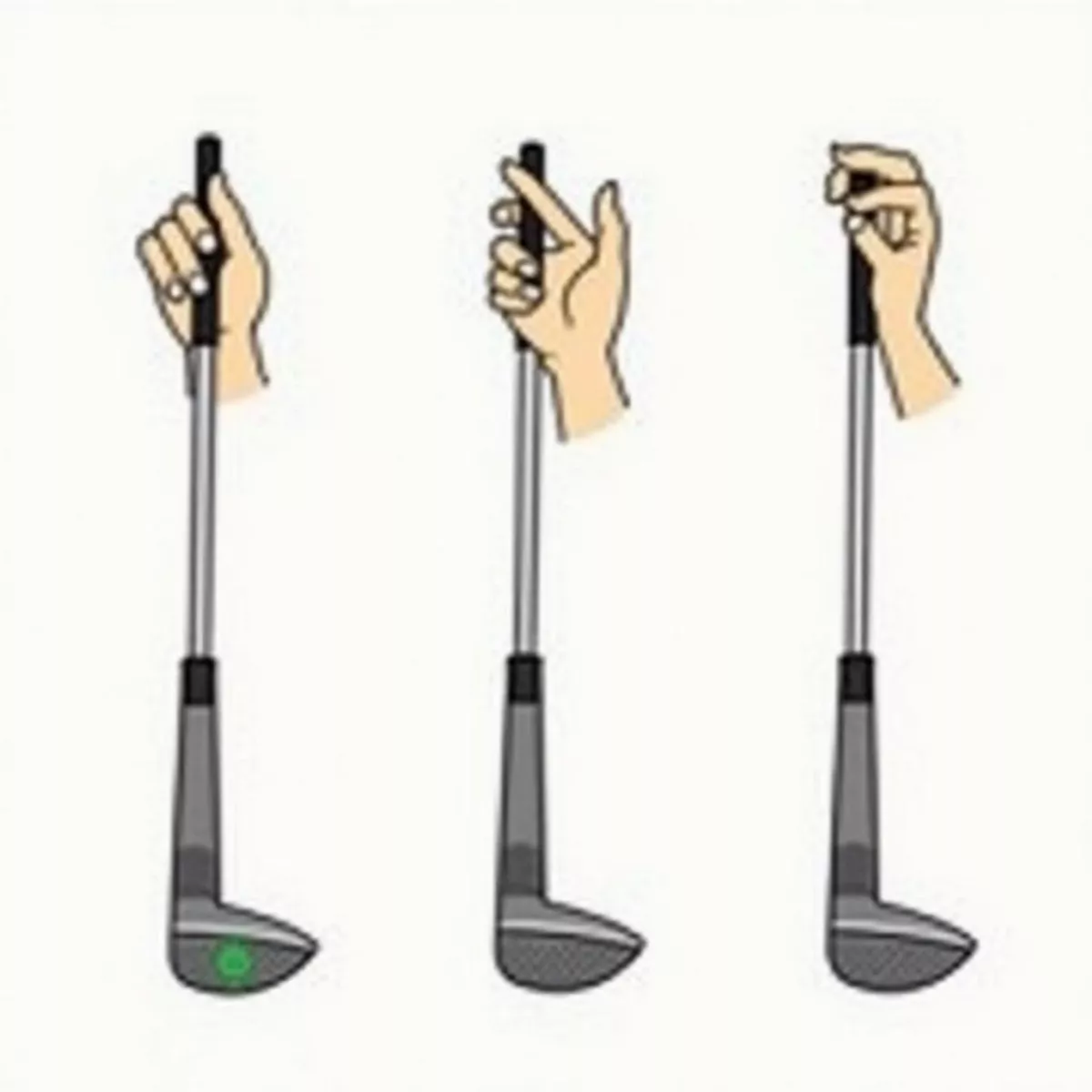
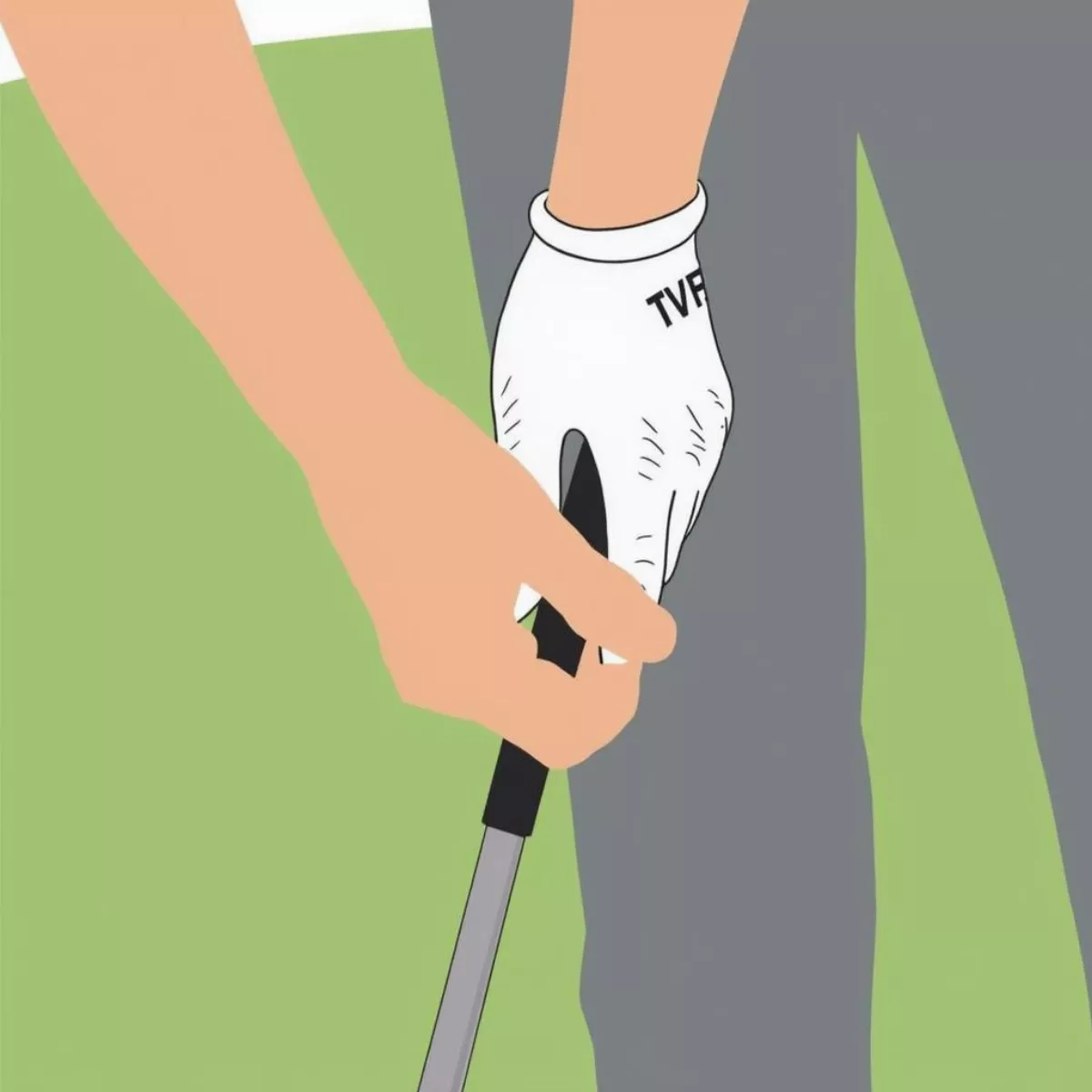 Correct Golf Grip Hand Placement
Correct Golf Grip Hand Placement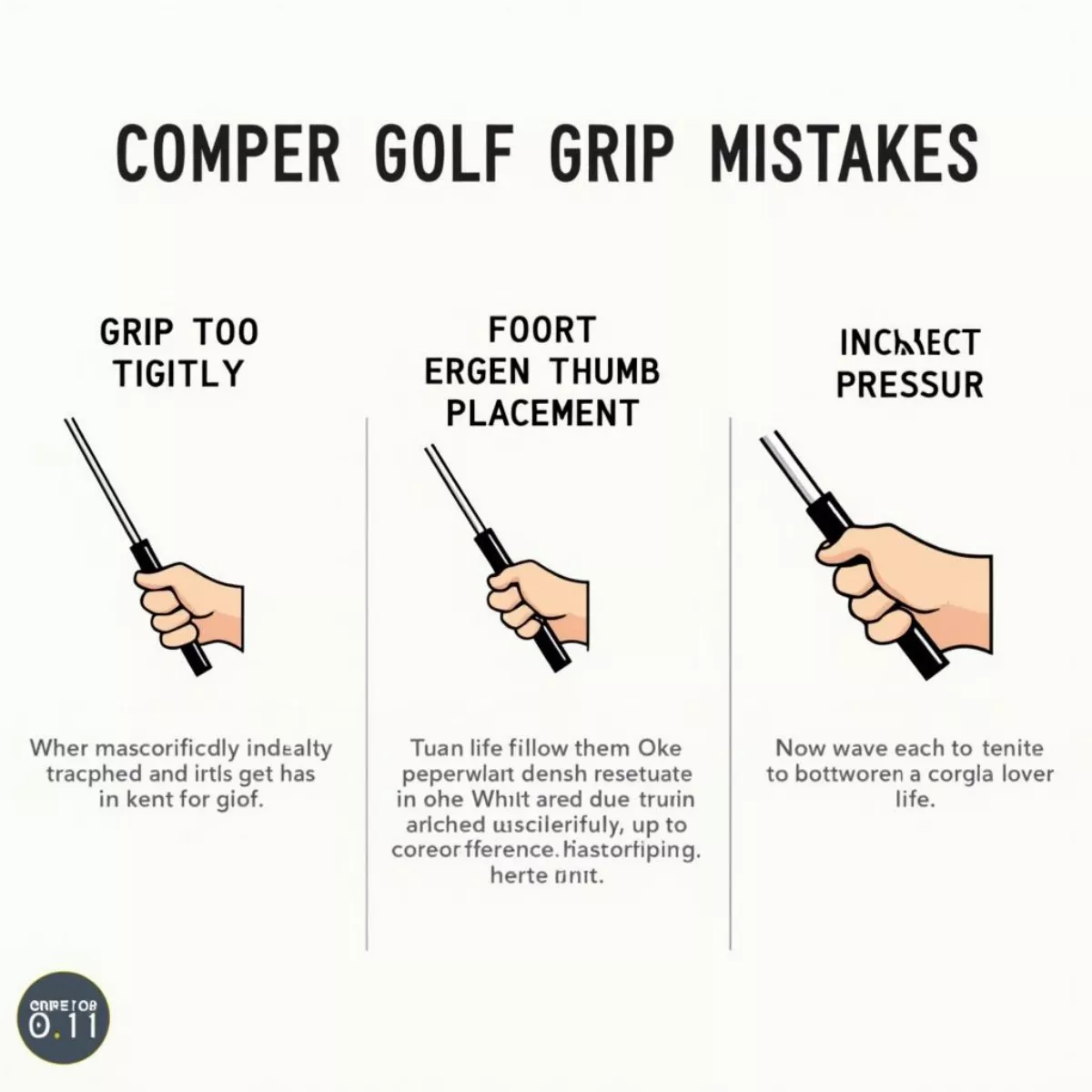 Common Golf Grip Mistakes
Common Golf Grip Mistakes